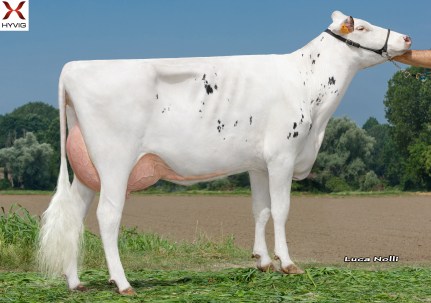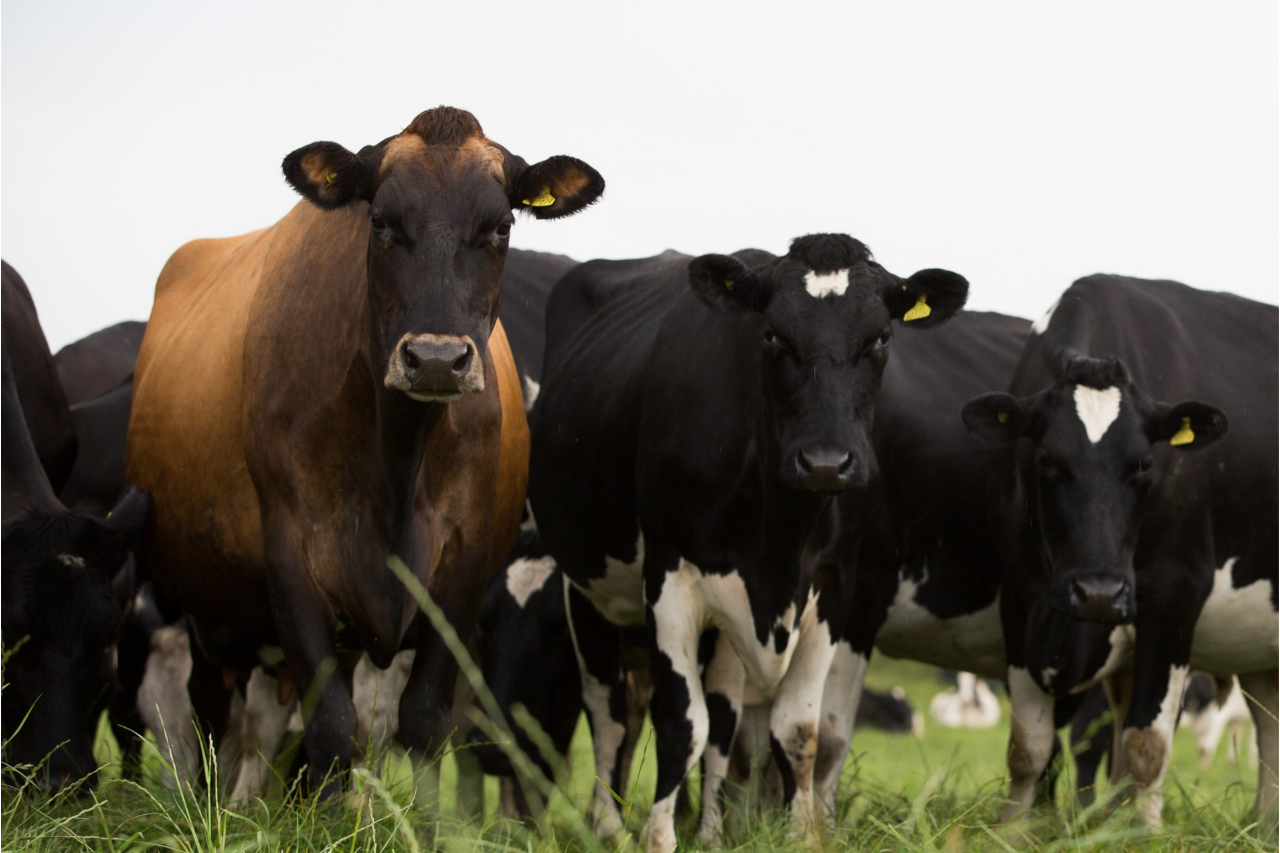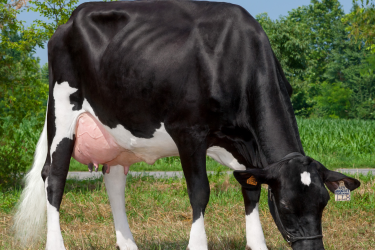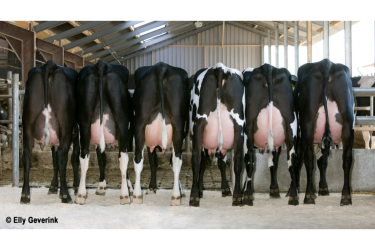There are many ways to dairy farm successfully and the same is true for crossbreeding. Rather than a one-size-fits-all approach, ABS designs crossbreeding plans unique to each herd, also known as customized crossbreeding. One customized crossbreeding option is a two-way cross. Farmers choose a two-way crossbreeding plan for simplicity, if they are pleased with past results, or can’t find three breeds that align with their breeding program goals. While this crossbreeding plan sacrifices some hybrid vigor, it emphasizes the benefits each of the two breeds offers.
Using a two-way crossbreeding plan essentially doubles-up on the breed’s genetics to lock in valuable benefits from generation to generation. For example, since the Norwegian Red breed has been concentrating on health and fertility for over 40 years, the breed has superior health and fertility traits. Adding Norwegian Red to your two-way crossbreeding plan takes advantage of more than 20 generations of better reproduction, health, and easy-keeping cows. A two-way cross plan featuring the Jersey breed creates small cows that produce milk high in fat and protein.

Here are three factors to consider when doubling up genetics in a two-way crossbreeding plan:
- Increase complementarity benefits. Using a two-way crossbreeding system increases the chance of transmitting superior breed traits to offspring. With Jersey, for example, a two-way cross results in far shorter and smaller animals with high fat and protein very quickly. These benefits from Jersey genetics remain and accrue.
- Decrease heterosis. When used long-term, a two-way crossbreeding plan has lower potential hybrid vigor compared to a three-way crossbreeding plan since fewer breeds are used. A two-way crossbreeding plan settles at 67% hybrid vigor, while a three-way crossbreeding plan settles at 85%.
- Watch inbreeding. A key benefit of crossbreeding is reduced inbreeding. However, when using two breeds instead of three, farmers need to keep an eye on inbreeding levels as genetics are doubled up, similar to purebred herds.
As with any breeding program, a clear plan and focused sire selection are critical. For help developing your crossbreeding plan, connect with an ABS specialist.






